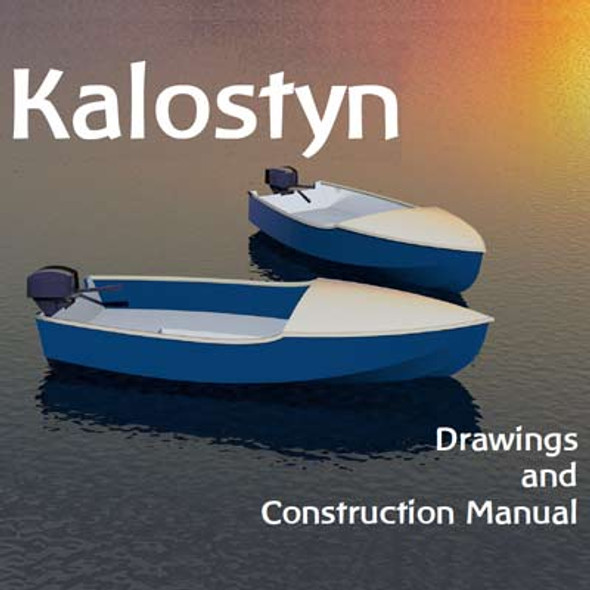Description
Can you walk this plank? Actually the request was for a stand up paddle board, sort of like a surf board that is paddled while you stand up like on a real surf board shooting the big waves in Hawaii.
I had all sorts of reasons for not designing it, the first being that I could never stand up on such a thing myself for more than a second or two. As a starting point I decided to take the bottom of a light dory, which is usually about this length and about 2' wide. It is generally held that you should never stand up in a light dory and my experiences confirm that. But it looks like the surfers are well ahead of us mortals in that respect and besides they expect to get dumped regularly and maybe the long double paddle offers a bit of stability, sort of like the poles the tightrope walkers use.
So I started with that bottom and added a little top, maybe 4" of freeboard which will not keep you very dry. I put just enough rocker to support 470 pounds before the bow and stern start dragging, enough for two people plus the weight of the hull usually. I can't see two people standing up on this at once but if they both sit it might be a fun wet boat for warm waters. The deck is supposed to be totally watertight, of course, so it will shed water like a duck and be low enough in the water for a swimmer to reboard.
I knew from the start it would not be light, at least not light enough to carry under one arm as they did in "The Endless Summer". Bolger had warned all of us long ago that decks weigh a lot, more than the bottom he said because they must be strong enough to take your weight with no water underneath pushing upward. So Paddleplank will indeed weigh about the same as a light dory. I figure 75 pounds if made with the usual 1/4" plywood, maybe 15 pounds lighter if the topsides are made with 1/8" ply. You can't really go thinner than 1/4" on the bottom and you need some thicker area where you stand, so it is hard to make it much lighter.
I wondered a bit about how Bruce Brown carried his surfboard around under one arm. Sure, he's a big hunk but even so there were expensive tricks involved. Let's say you need to float a 180 pound man on a board. Light wood weighs over 20 pounds per cubic foot, so if you totally immerse a cubic foot of that wood it will have about 40 pounds extra buoyancy, given that water weighs about 60 something pounds per cubic foot depending on where it is from. So you would need about 5 cubic feet of wood to float the man, or at least 100 pounds of solid wood. But then he would be just awash, so to give an inch or two of freeboard to go surfing would require even more. I suppose that is the situation with old time historic surfboards.
I googled around some surfboard history. The first hollow boards were made about 90 years ago and they first broke the 100 pound barrier, so my guess was pretty close. Then they went to balsa cored boards (Hey! Balsa is really a hardwood!) and got down to 60 pounds or so. Then post WW2 they went to fiberglass and foam, etc.
Anyway, after the google, I stopped feeling guilty about the weight of Paddleplank.
I'm thinking Paddleplank is too wide for a real surfer dude but would be a good plaything for the rest of us.
Anyway, three sheets of 1/4" plywood with the chines done with taped seams. I have it drawn for jigless construction but you might not get away with that since the sides will be so thin and limber. Thus I have also shown some dimensions to a "base line" so you could set up the initial construction on a ladder frame to hold it all true until the bottom is on.
PADDLE BOARD, 14' X 32", 70 POUNDS EMPTY







